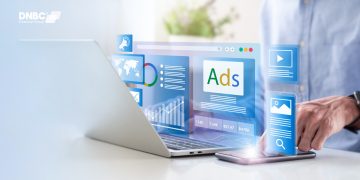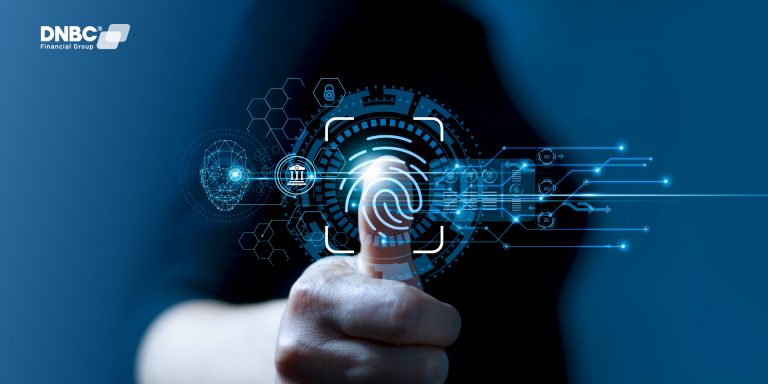The term “SEPA Direct Debit” is widely used in transfers. It’s helpful in helping businesses to collect money in the SEPA area. It also allows the creditor to manage and predict his/her liquidity position.
In this article, we will discuss “What is SEPA direct debit?” and “How does SEPA direct debit work?”
What is SEPA direct debit?
SEPA Direct Debit (SDD) was launched in 1999 with over 529 million citizens joining, making 146 billion electronic payments every year.
SDD was introduced by the European Payments Council to build a standard payment system within the EU.
The businesses can recur payments for EU customers, making it an important payment way for businesses to expand across Europe. It’s considered an outstanding innovation by the EU in the payment industry, helping millions of individuals and businesses manage their payments easily and effectively.
What is SEPA direct debit? – A thorough explanation
The SEPA (Single Euro Payments Area) is a payment system, making it easy and reasonable to make Euro payments in the EU.
SDD is a payment system available within SEPA used for regular payments. It’s like all SEPA payments, in which all transactions must be in Euro currency, and the payments are bank to bank.
Nowadays, SDD has been applied in all Eurozone countries and even non-eurozone SEPA countries.
With SDD, there are two payment schemes: SEPA Core Direct Debit and SEPA B2B Direct Debit
SEPA Core Direct Debit (SDD Core) is applied from merchants to consumers.
SEPA B2B Direct Debit (SDD Business) is for collecting payments from businesses.
SDD is basically used for regular payments. These can be for software companies, subscriptions, marketing agencies, billing companies, memberships and more.
How does SEPA direct debit work?
In general, this payment system is applied throughout the SEPA zone. SEPA transfers work quite similarly to a domestic transfer, with some small differences behind the scenes.
Here’s how they operate from the merchant’s perspectives:
Step 1: Mandate
Before you collect payment by SDD, your customer needs to finish a mandate authorizing you to get started with payments.
A mandate is the billing agreement offered by a buyer to permit a seller to collect future payments from them in their Euro bank account.
Mandates have to consist of some mandatory information with required items on a mandate: payment amount, SEPA mandate date, SEPA mandate ID, merchant company name, merchant’s full address, creditor information, merchant’s creditor identifier, type of payment, IBAN, BIC, signed date and signature.
Step 2: Pre-notification
You need to send a pre-notification to your customers to let them know the time they can expect a subscription or single payment to leave their account.
This notification should be sent by text message, letter, email, phone or invoice.
A compliant pre-notifications should consist of some following factors: notice period (14 calendar days), amount, due date, mandate reference, creditor ID, merchant’s contact information and SEPA notification examples for prior & recurring payments.
Step 3: Payment request
After handing out the pre-notification, you can get started with your payment by submitting the mandate data to the merchant bank.
Then, the bank will forward the request to the clearing and settlement system. It’s forwarded to the customer’s bank for payment settlement.
Step 4: Post-submission
After submitting a payment, you need to wait some business days to know if a SEPA payment failed or succeeded. That’s the reason why it’s recommended to wait for 48 hours minimum to fulfill an order.
DNBC Financial Group is your trusted provider in international money transfer
- Get 100% free 1-on-1 support
- 100% free account opening
- Seamless onboarding process
Or please contact DNBC
Email: [email protected]
Phone Number:
- +65 6572 8885 (Office)
- +1 604 227 7007 (Hotline Canada)
- +65 8442 3474 (WhatsApp)


 DNBC Team
DNBC Team







